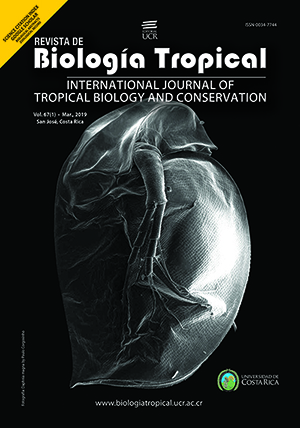Abstract
Andean forests and paramo have high species richness, but constantly they are threatened by deforestation. Natural arboreal regeneration of these ecosystems will condition their structure and functionality in the future, but now it has been poorly evaluated. In the Andes of Southern Ecuador, there are also abandoned Pinus patula (pine) forest plantations, which could be scenarios to promote natural regeneration. In an Andean altitudinal gradient, we evaluated floristically parameters of tree regeneration between two study scenarios: natural ecosystems (herbaceous paramos and natural forests) and pine plantations. For this, the diversity of regeneration was described by species richness, Shannon index and floristic composition. Abundance with the number of individuals; these parameters were compared between two scenarios. We determined also that environmental variables or predictors of: canopy cover, soil, tree structure, horizontal distance and physiographic explained the variation in the parameters of regeneration with greater magnitude. For this, a partition analysis of the variation was carried out. Richness and diversity of species were greater in natural ecosystems, whereas floristic composition was different and its abundance was similar. In natural ecosystems, basal area and tree density explained mainly the variation in wealth, diversity and abundance. Not so in pine plantations where horizontal distance to the native forests was the predictor that mostly explained. The greatest diversity of regeneration in natural ecosystems (forests) is associated with the existence of arboreal, shrub and seed biotypes. It is adding to this, efficiency in dispersion processes at the micro-habitat level. These aspects are limiting in plantations of pine, in which the dispersion or availability of seeds depends on the proximity to natural ecosystems.
##plugins.facebook.comentarios##

This work is licensed under a Creative Commons Attribution 4.0 International License.
Copyright (c) 2019 Oswaldo Jadán, Hugo Cedillo, Priscila Pillacela, Darío Guallpa, Alexandra Gordillo, Pedro Zea, Lourdes Díaz, Fernando Bermúdez, Andrés Arciniegas, Wilson Quizhpe, Carlos Vaca






